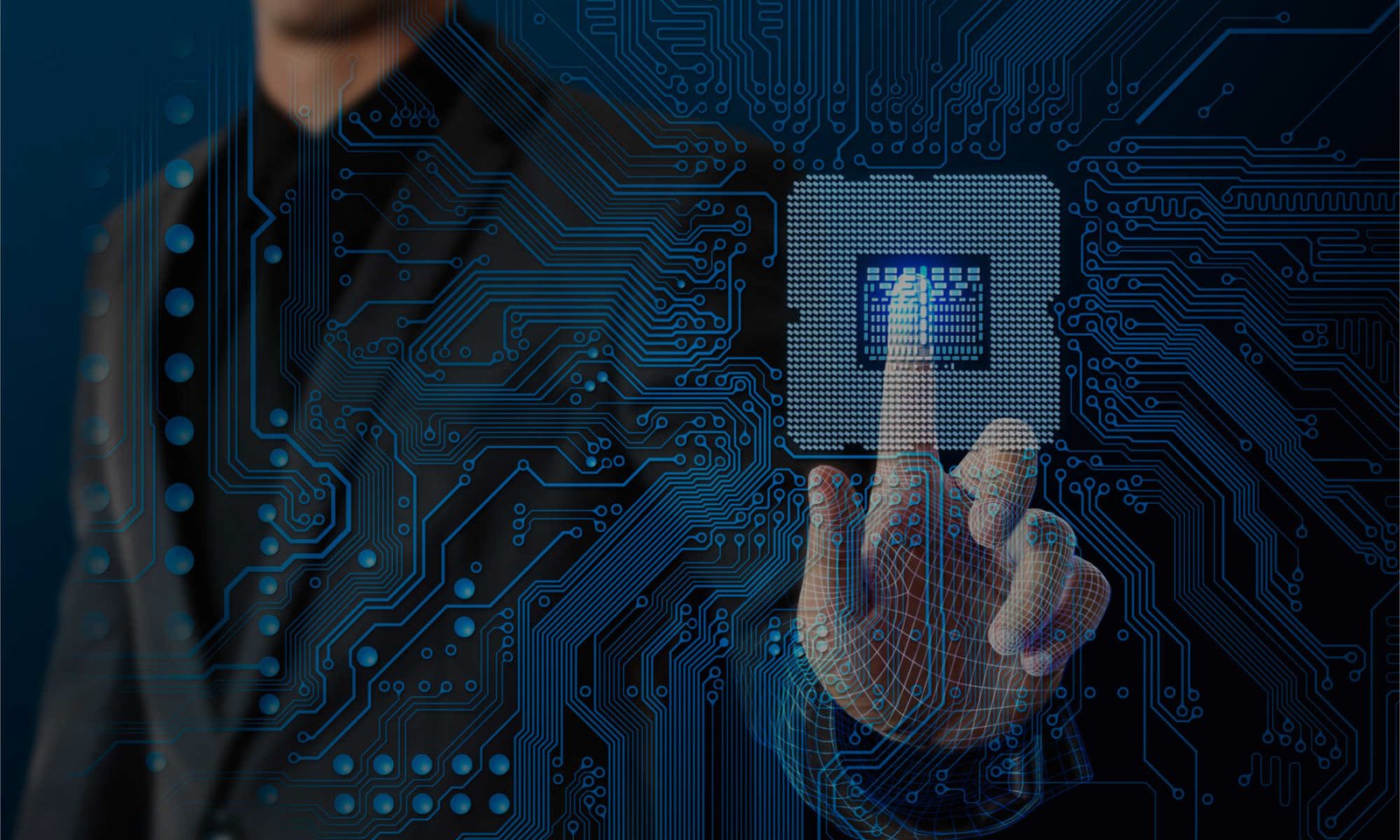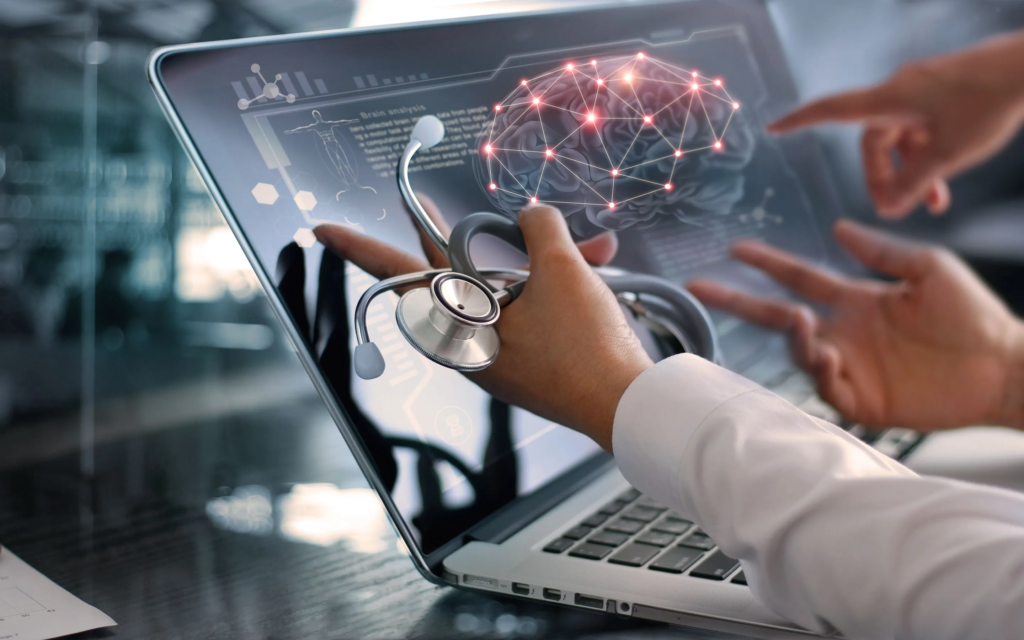How the Development of Technology Has Positively Transformed Our Health and Wellness
The Amazing Ways Technology is Boosting Our Well-Being
A modern world allows people to monitor their health live and connect with physicians from home while apps guide users through meditation practices. Sounds futuristic, right? Well, it’s already happening! Our health experiences a complete modernization through technology because it provides simple access to enhanced mental and physical wellness. The advancements in technology now enable people to use smart fitness gadgets together with mental health apps for self-care because technology has revolutionized our wellness practices. Technology fosters how it delivers improved well-being to us. Let’s explore!
The Role of Technology in Enhancing Physical Health

1. Wearable Health Trackers and Smartwatches
Health technology has undergone a revolutionary change because of wearable devices. People track their calories burned and sleep patterns through the use of smartwatches and fitness bands and heart rate monitors for heart health observation..
- People who wear Apple Watch and Fitbit devices have the ability to identify abnormal heart patterns which then leads them to seek early medical evaluation.
- People who use wearables benefit from their ability to drive users toward healthy activities while promoting wellness..
2. Telemedicine: Healthcare at Your Fingertips
Visits to medical doctors for minor health issues no longer remain mandatory. Telemedicine enables people to obtain healthcare through simple video communication.
- Patients currently benefit from doctor consultations through the online services operated by Teladoc and MDLIVE.
- The method provides quick healthcare professional access through online platforms which decreases both hospital attendance and related healthcare costs..
3. AI and Robotics in Healthcare
The application of Artificial Intelligence (AI) has improved both medical diagnosis processes and individual treatment plans as well as robotic surgical assistance..
- Medical scan analysis through artificial intelligence applications demonstrates superior speed at finding diseases before human doctors can discover them.
- The use of AI-powered medical apps allows healthcare professionals to achieve diagnoses of higher accuracy and create better medical treatment strategies..
The Impact of Technology on Mental Wellness

4. Mental Health Apps and Online Therapy
Due to technological advancements people now possess better access to mental health support. Applications offer therapeutic sessions as well as guided meditation and stress management tools to users.
- Two popular mobile apps named Headspace and Calm provide users meditation guidance as an effective method to reduce their stress levels.
- The convenience of home settings enables increased access for people to handle anxiety and depression conditions..
5. Social Connection and Emotional Well-Being
Technology bridges distances, allowing people to stay connected with loved ones, which is crucial for mental health.
- Example: Video calls through Zoom or WhatsApp help families and friends stay in touch.
- Benefit: Reduced feelings of loneliness and isolation.
Technology’s Role in Lifestyle and Wellness Habits

6. Smart Nutrition and Diet Planning
Apps and smart kitchen devices help people make better food choices and maintain balanced diets.
- Example: MyFitnessPal tracks calorie intake and suggests healthy meal plans.
- Benefit: Easier management of weight and nutrition.
7. Sleep Technology for Better Rest
Technology now helps people monitor and improve their sleep quality.
- Example: Smart beds like Sleep Number adjust firmness and temperature for optimal rest.
- Benefit: Better sleep leads to improved focus, mood, and overall health.
Conclusion: A Healthier Future with Technology
The current technological progress has generated staggering improvements in health and wellness fields. Users get access to fitness monitoring together with telemedicine services and mental health apps to enhance their health status because of modern technology. Technological progress will continue to improve our capacity for leading better healthful lives with increased happiness. The current innovations offer us the opportunity to benefit from them right now.?
FAQs
1. How does technology help in managing stress?
- Apps like Calm and Headspace provide guided meditation and relaxation techniques.
2. Can technology really improve sleep?
- Yes! Smart sleep devices track sleep patterns and optimize sleeping conditions.
3. Is telemedicine as effective as in-person doctor visits?
- For many conditions, telemedicine is a convenient and effective alternative to in-person visits.






